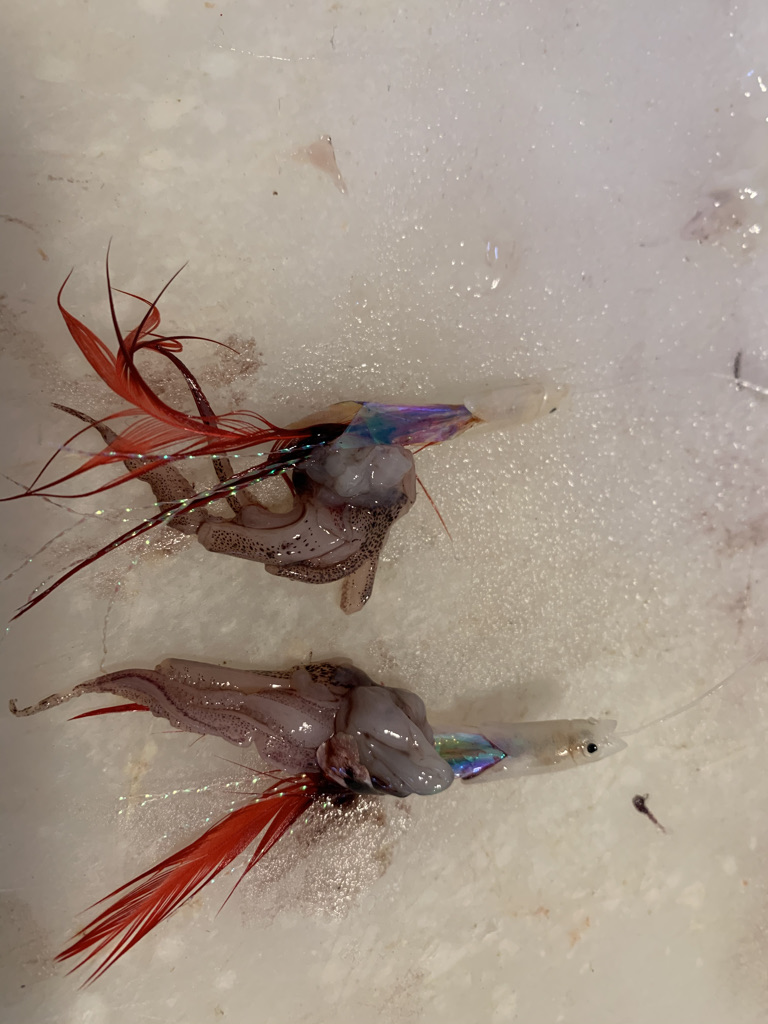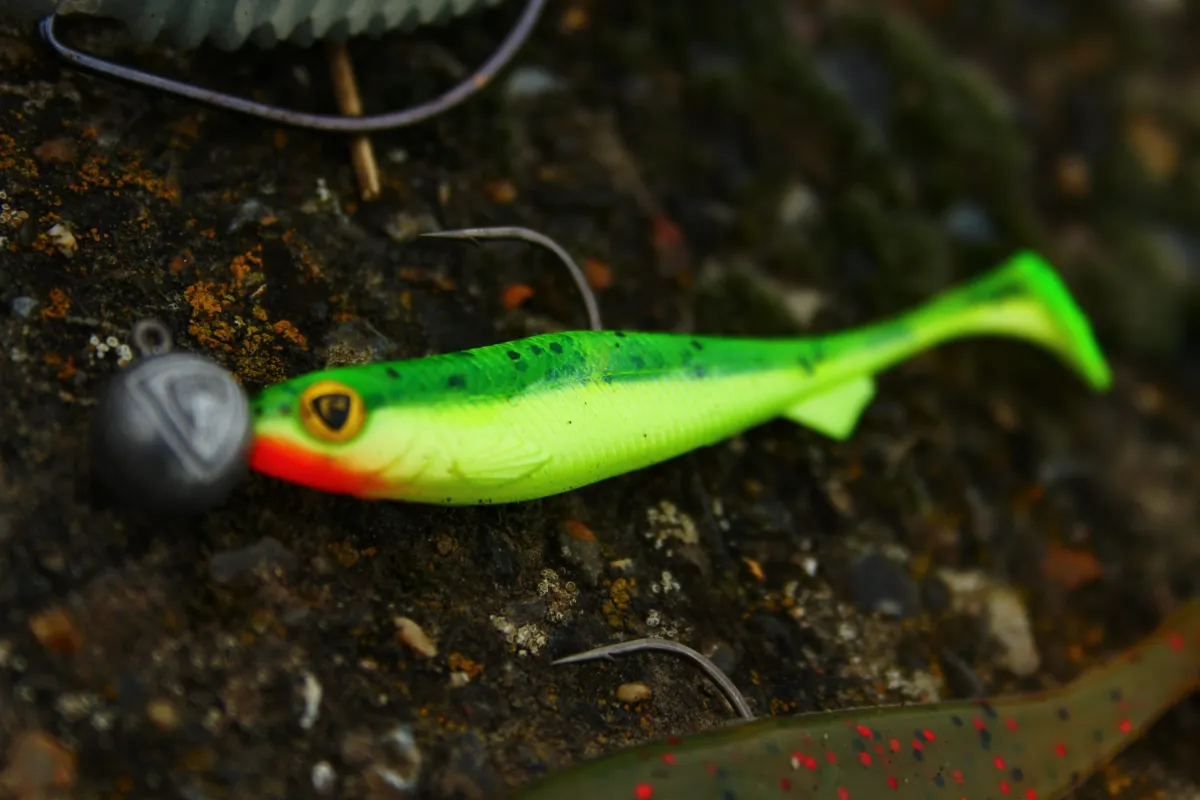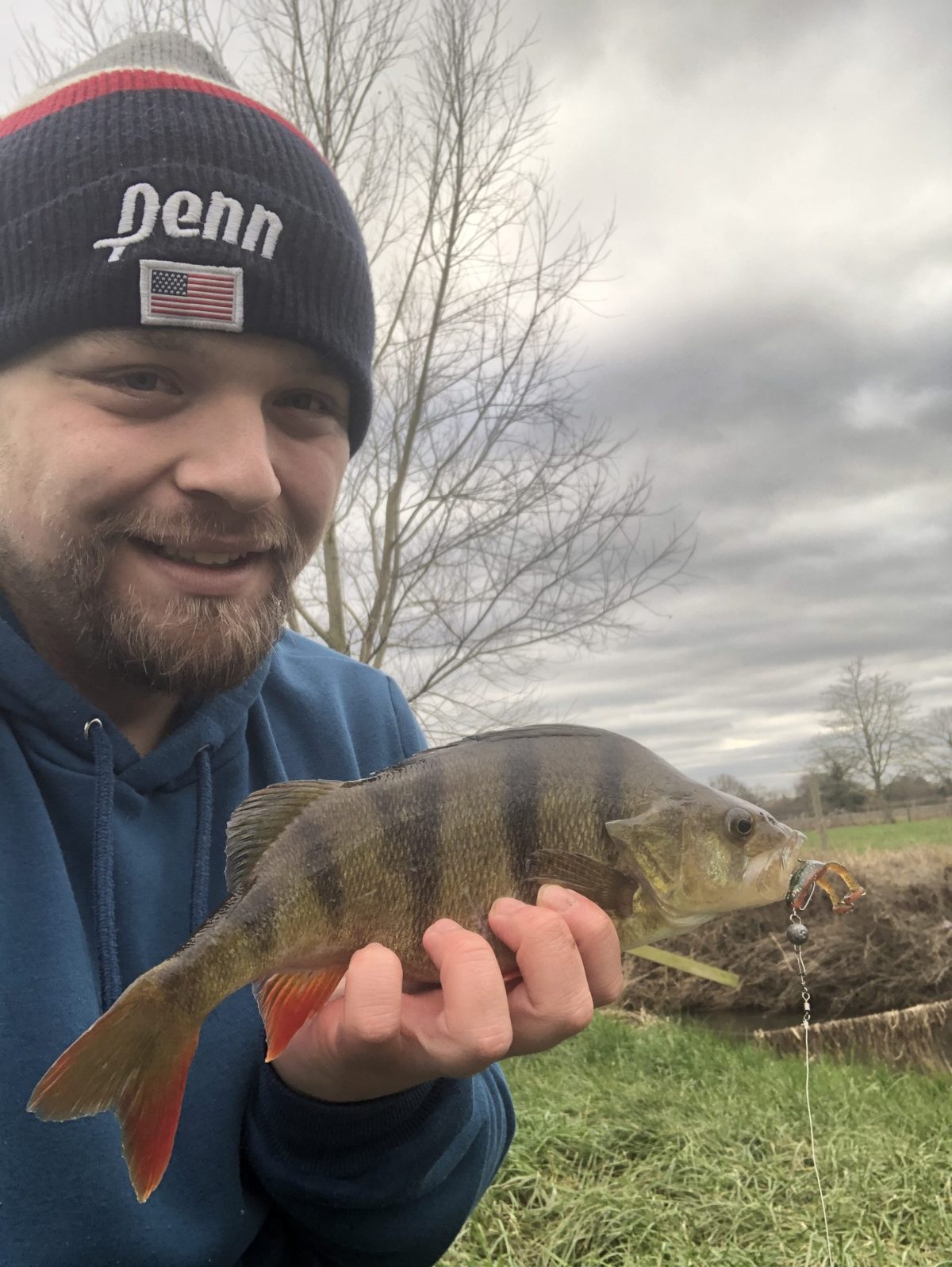
This week’s blog focuses on baits, specifically how to stretch your budget without reducing the chances of catching something decent. Since I wrote last on baits, especially the micro-baits in the blog Reading the Beach Part 3 https://essexanglers.co.uk/reading-the-beach-part-three-baits-and-terminal-tackle/ I have had a lot of requests to elaborate further on the merits of smaller baits. So here goes.
I recognise that baits can be expensive, and with these tough times for many due to COVID and with a surge of junior anglers who might not have copious amounts of cash to spend on bait; hopefully this blog will help eek out what money is available but also remind us of what nature has to offer for free as well as being the prime food on the menu for the fish in any specific location.

Now don’t get me wrong; I am as guilty as anyone for owning an increasing obsession with big baits, wraps, cart bait and so forth. In fact, this morning I was busy trying to fill squid bodies and mesh sausages with crab cart ready for my next session. To say it got messy is a big understatement. But along side that I was preparing some micro baits which I will elaborate on later.
So firstly let me touch on worms. More often than not I have some left over at the end of a session. Nobody likes wasting worms and Joe at essexanglers wrote a fantastic blog a while ago about how to freeze leftover ragworm. https://essexanglers.co.uk/leftover-ragworm-how-to-freeze-it/ . I do this now and it really works. This does not work with blow lug, my main worm bait. But you can keep them alive for much longer if you look after them. Firstly, I get them out of the newspaper from the tackle shop as soon as possible. Any damaged worms need to be separated as a matter of course and used up as a priority. I then put the prime quality worms into plastic containers and leave them, uncovered, in a few millimetres of clean sea water in my bait fridge. It is important not to put too many in one container as they have to be able to breath, so I make sure they don’t lay on top of each other and form no more than a single layer of worms. I keep a bottle of fresh sea water in the same fridge and change the worm water each day, removing any dead worms accordingly. Keeping lug this way works for at least a week meaning that I always have a fresh supply to hand and never waste a worm.

Secondly let me focus on foraging. I love doing this and always arrive at a mark an hour ahead of when I want to fish so I can pick up what is on hand and helps me tune in to the scenario facing me at any given location. Not only is it free bait, but also represents what is on offer to the fish and by default is most likely to be what any fish will be on the lookout for. Muscles, oysters, limpets and so forth are great chopped up and stuffed inside a squid body or used as part of a wrap. The same goes with crabs where I use the tiny ones whole on a hook, or break up larger crabs and again, use the soft flesh as stuffing for squid wraps.
The next way I spend less on baits is by using micro-rigs. The logic behind this is that more often than not when handling a fish, you will see them regurgitate what they have been feeding on. And what they cough up is generally very small fry, shrimps and crabs. This is especially true for bass and some of my bigger bass in 2020 were caught on tiny hooks and baits. So when I use big squid body stuffed tempters, sometimes if conditions are right, I keep the heads and tentacles aside and carefully thread these onto the micro-bait hooks on a second rod. It really works well, especially if you can get some movement on the baits from the tide. This time of year squid tentacle and micro-baits combos are a superb way to get decent flounder when the action is sparse. If I don’t have any squid to and then shore crab leg meat or sliced limpets from the foraging works just as well.

Another way I save money this month is by fishing with fresh sprats. The estuaries are full of them and the fishing boats are virtually giving them away. Liza at Bonners Farm Mersea sells amazing fresh caught Blackwater estuary sprats at £2 per kilo. 50p worth is more than enough for a whole fishing session. When fresh they hold the hook well with just a touch of elastic. Fishing them on a pulley rig to elevate them above the bottom eliminates crab attacks as well as gives them wonderful movement in the water to attract the predators. They work well on sliders too where I wrap a few of them together to provide more weight and water resistance to allow the slider to work. And, as I wrote last week, if you have any sprats let over they make a wonderful snack so you can’t lose with them.

So to conclude; sure, big baits attract big fish, especially when the water is cloudy you need strong scents to attract the fish. But there are many ways to either stretch your bait further or pick up what is free or in season that can enable a days fishing for a small price. To me this is an ideal way to introduce and educate kids about our fantastic pastime. And if that isn’t enough, the satisfaction of catching a significant prize on a foraged mollusc or tiny piece of squid on super light tackle certainly works for me.
Post author
By Alan Stevens
Original post https://essexanglers.co.uk/beach-baits-on-a-budget/









